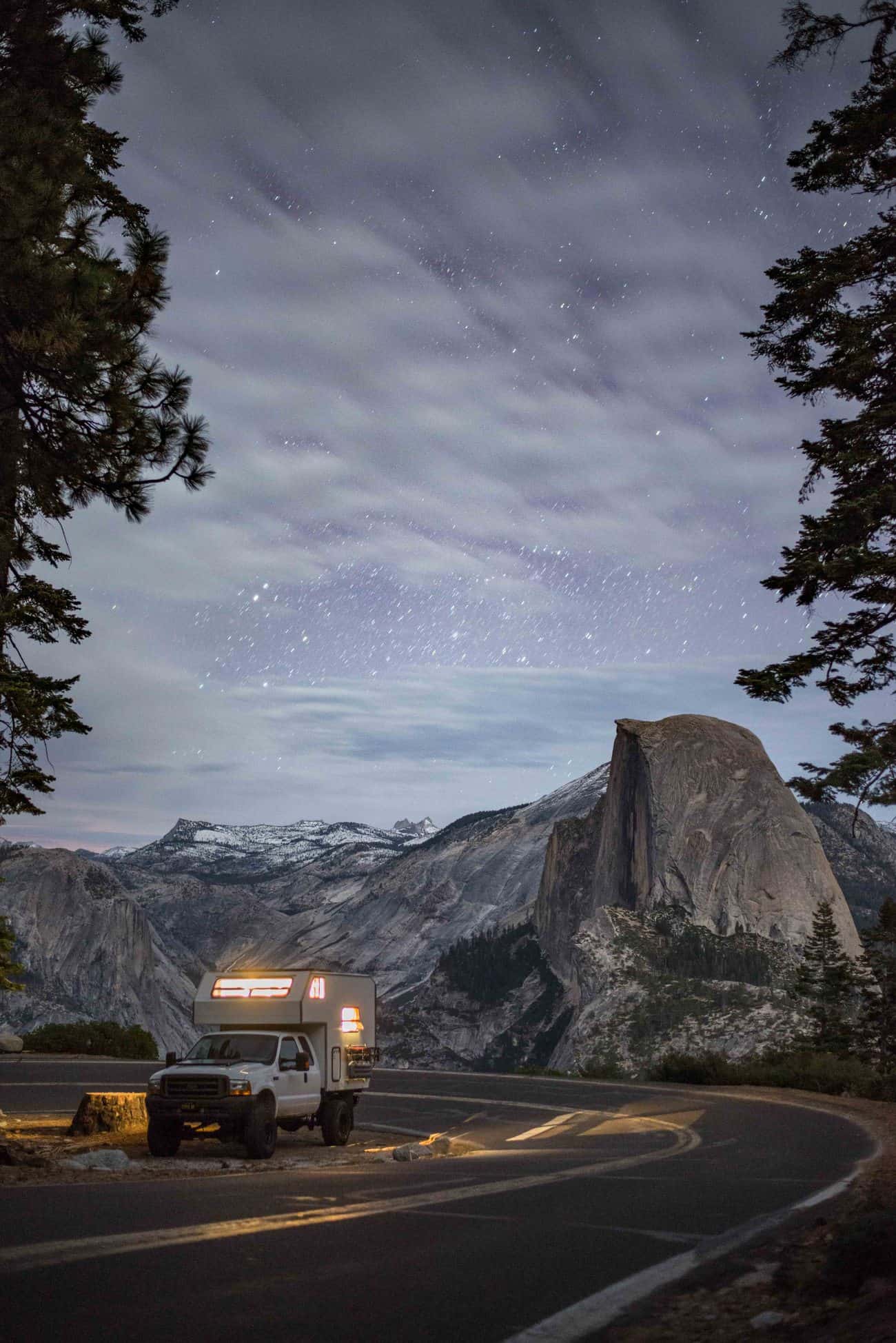Many overlanders want to live in their vehicle full time, giving them the ability to move with the seasons and wake up to a new view every day. It was certainly my dream, but after taking the FJ on a 2-month-long journey last year, I knew I wasn’t going to be able to live comfortably full time in a space I couldn’t stand up in. I needed something larger, with more storage and a living space that I could spend my down days in.
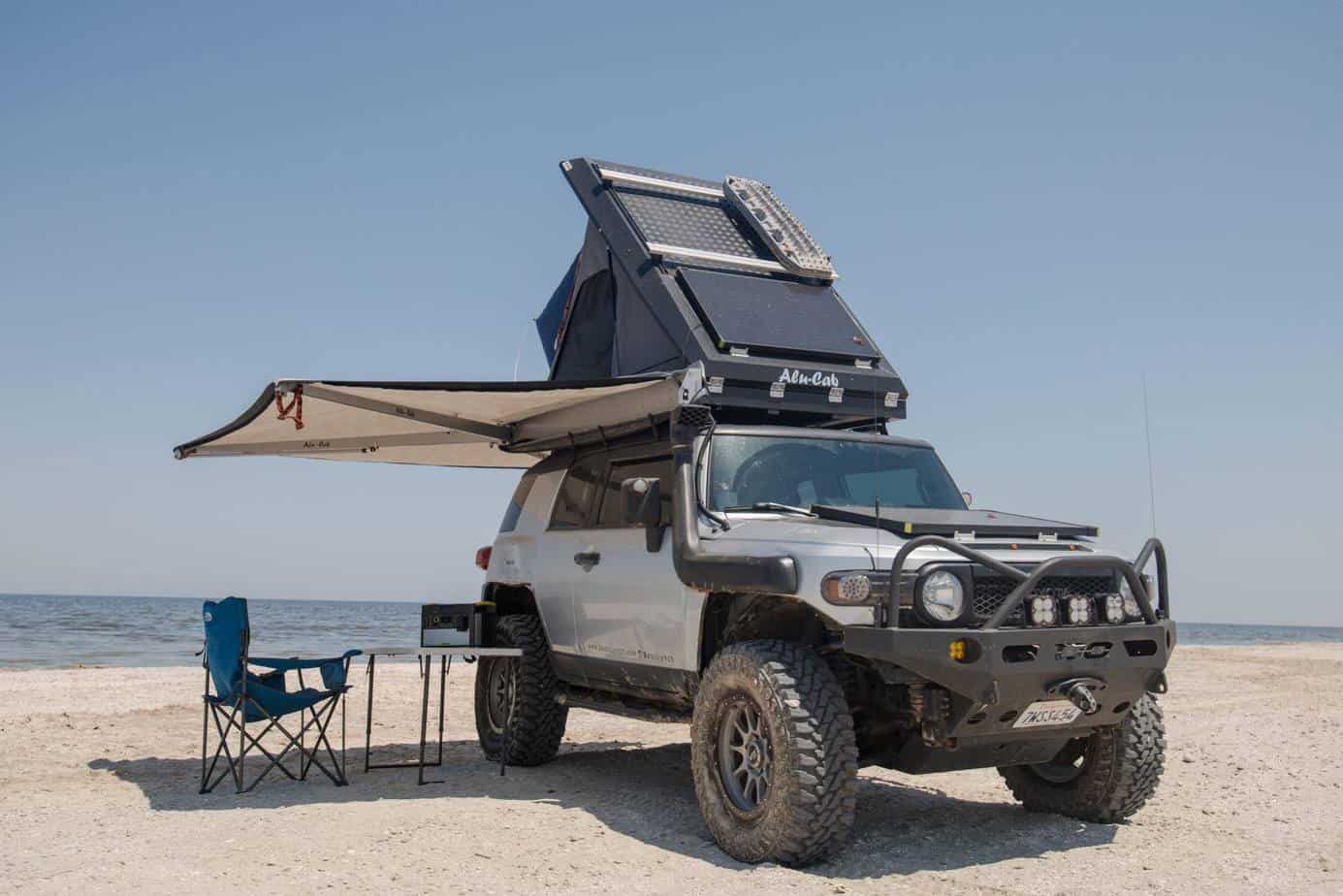
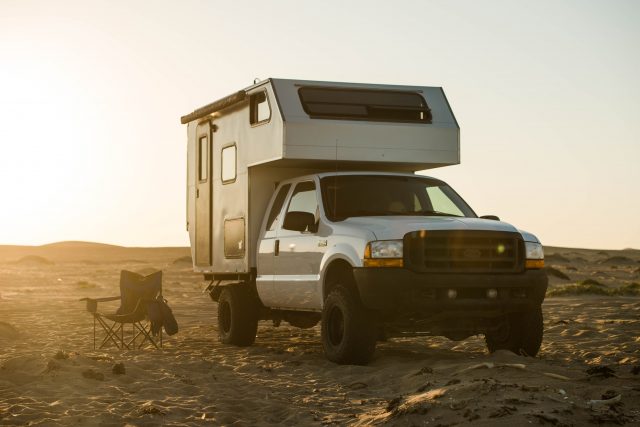
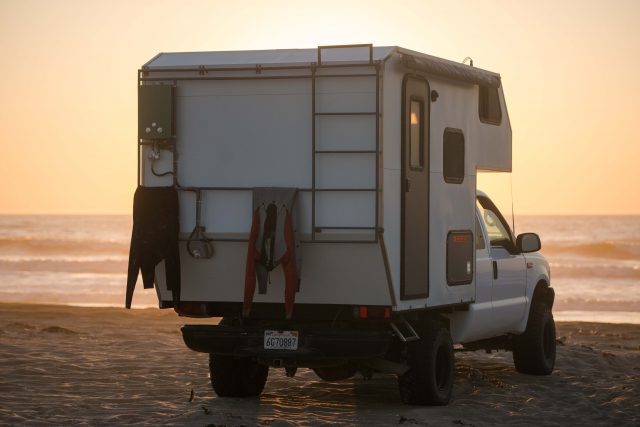
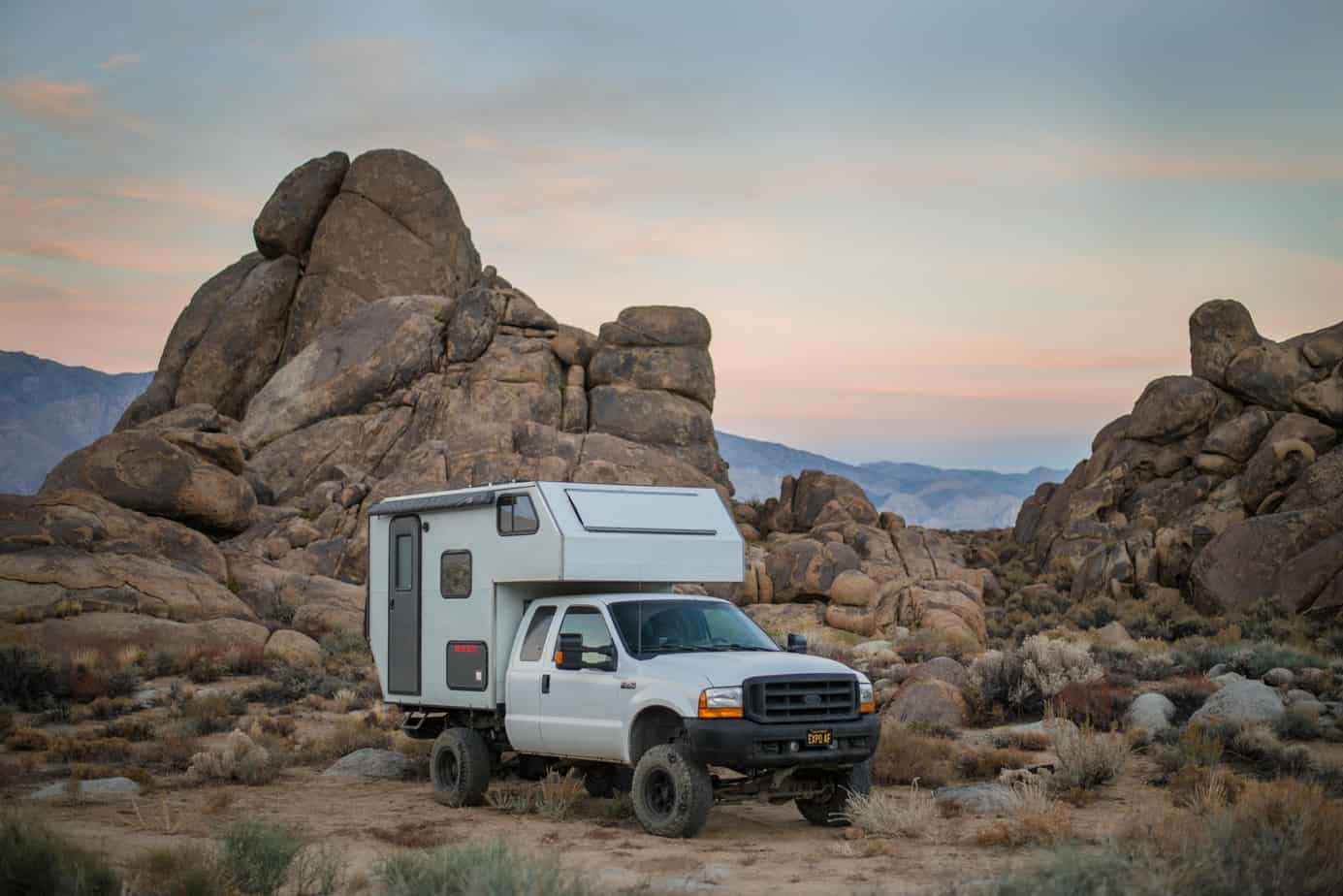
The vehicle I purchased is a 2000 Ford F250 4×4 7.3L diesel, with a home-built camper on the back. I acquired the truck from a guy named Brandon; he built the camper himself to take on a 4-month long journey from Santa Cruz to Alaska. Once he got back, he decided to sell the combo and make something smaller for weekend trips.


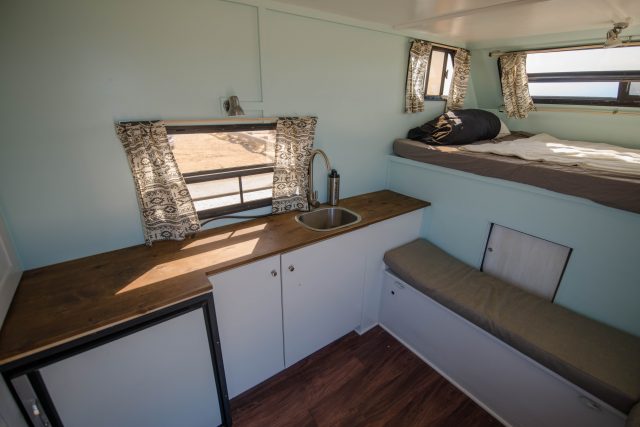
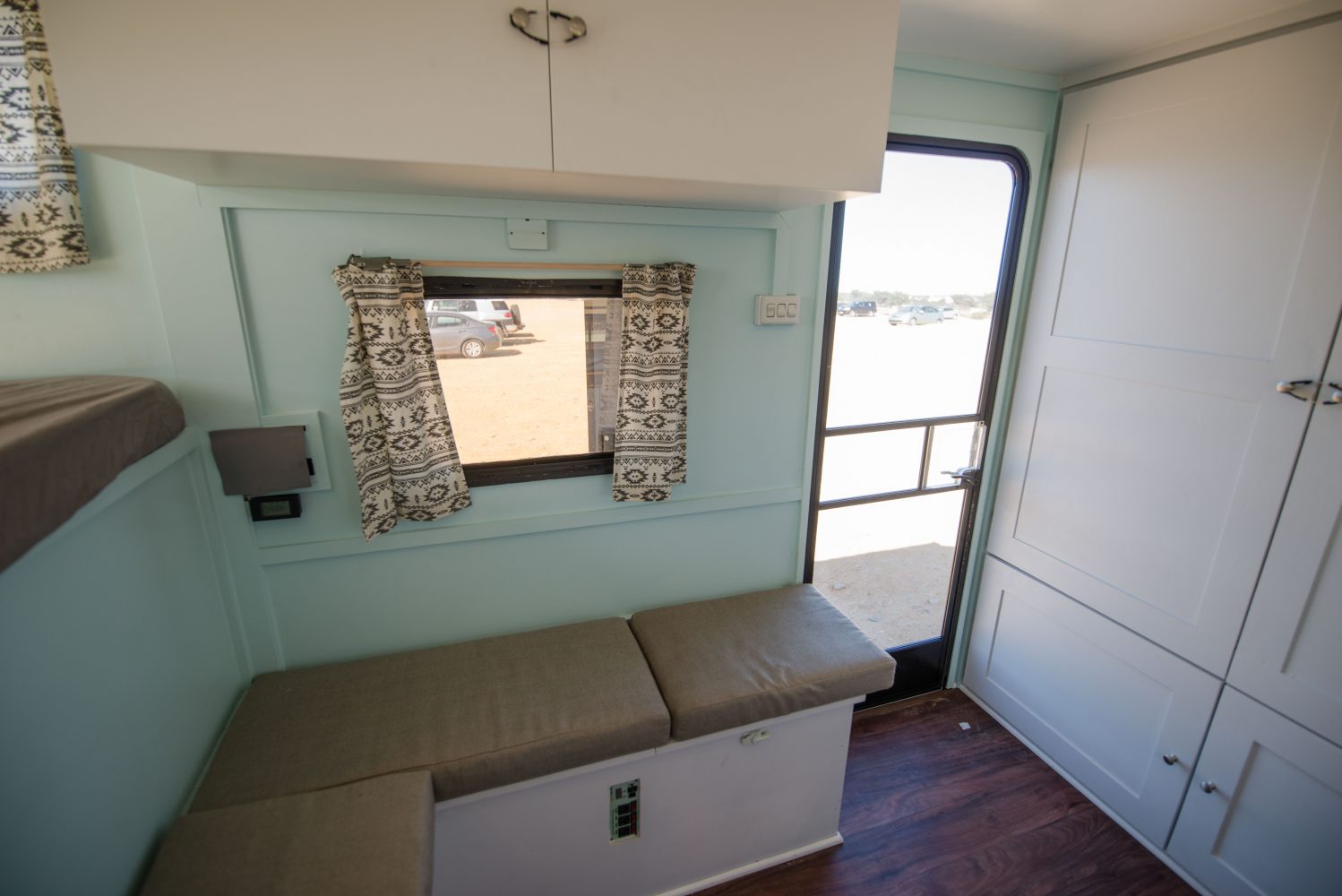 I’ve had the camper for 3 months now, and one of the most common questions I’ve been asked recently is, “What is it like going from an FJ Cruiser to a full-size Ford with a camper on the back?” Well, so far, it hasn’t been that big of a deal. Yes the truck is much taller (10’8”) and longer (20’6”) but I still drive it daily. I live in a large city so I don’t have any height restrictions, and the truck fits quite well in standard parking spots. When traveling, I’ll have to keep an eye out for low bridges in small towns, and may even have to park a short walk from where I’m going, but those are pretty minor problems.
I’ve had the camper for 3 months now, and one of the most common questions I’ve been asked recently is, “What is it like going from an FJ Cruiser to a full-size Ford with a camper on the back?” Well, so far, it hasn’t been that big of a deal. Yes the truck is much taller (10’8”) and longer (20’6”) but I still drive it daily. I live in a large city so I don’t have any height restrictions, and the truck fits quite well in standard parking spots. When traveling, I’ll have to keep an eye out for low bridges in small towns, and may even have to park a short walk from where I’m going, but those are pretty minor problems.
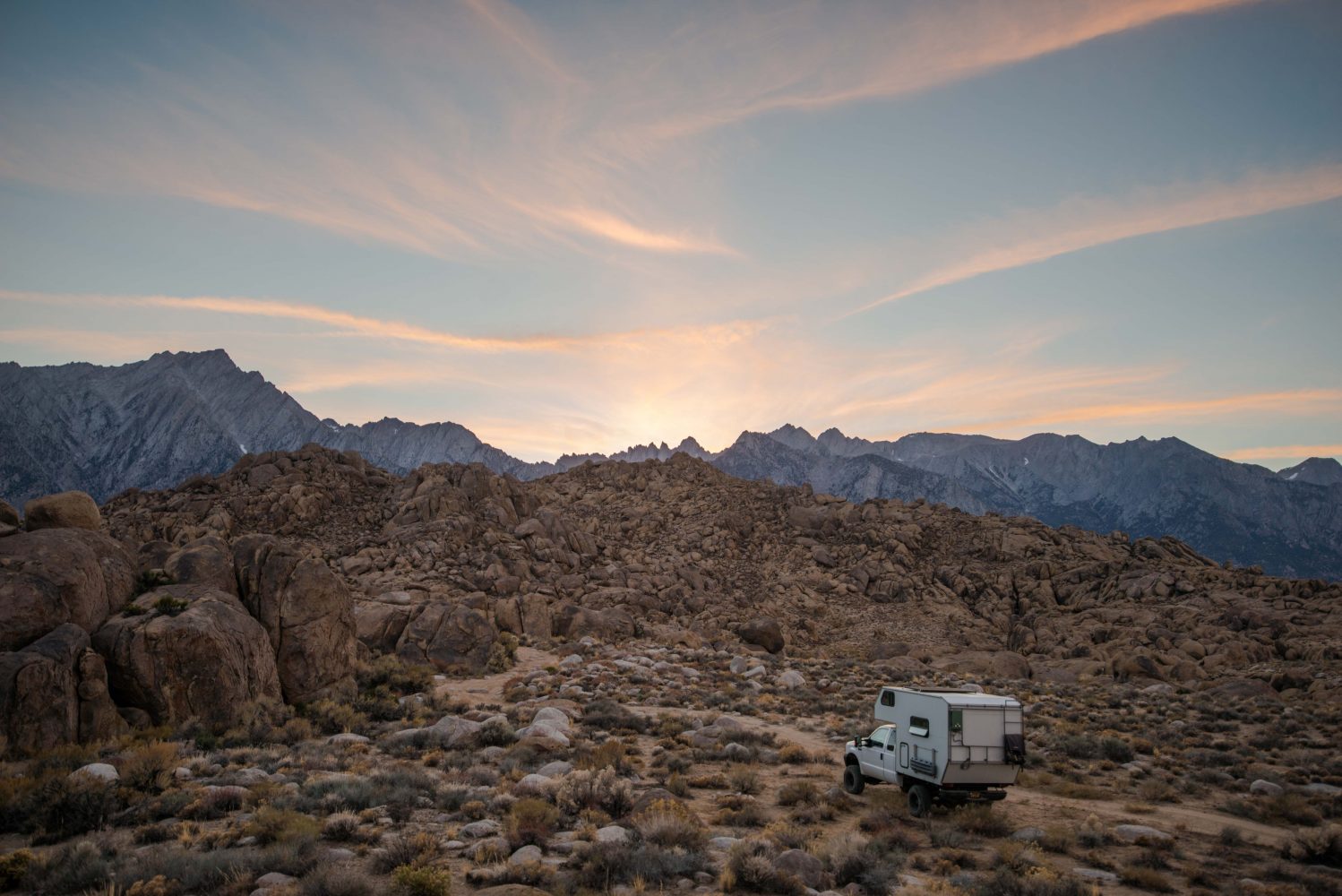
Of course, the camper will be problematic in some situations—take drive-throughs for example. It was a bit frustrating in the beginning, but then during my first long trip in the camper I realized it’s not all bad. It has forced me to slow down and enjoy my time traveling even more, giving me the opportunity to talk to locals and ask about things to do in the area.
Fuel economy is a bit low, but when you have a 2,500-pound house on the back you can’t complain. Having the diesel engine does help with mileage; I get about 12 mpg city and 15 mpg highway. With a 29-gallon tank that’s roughly a 325-mile range, 100 miles more than my FJ Cruiser.
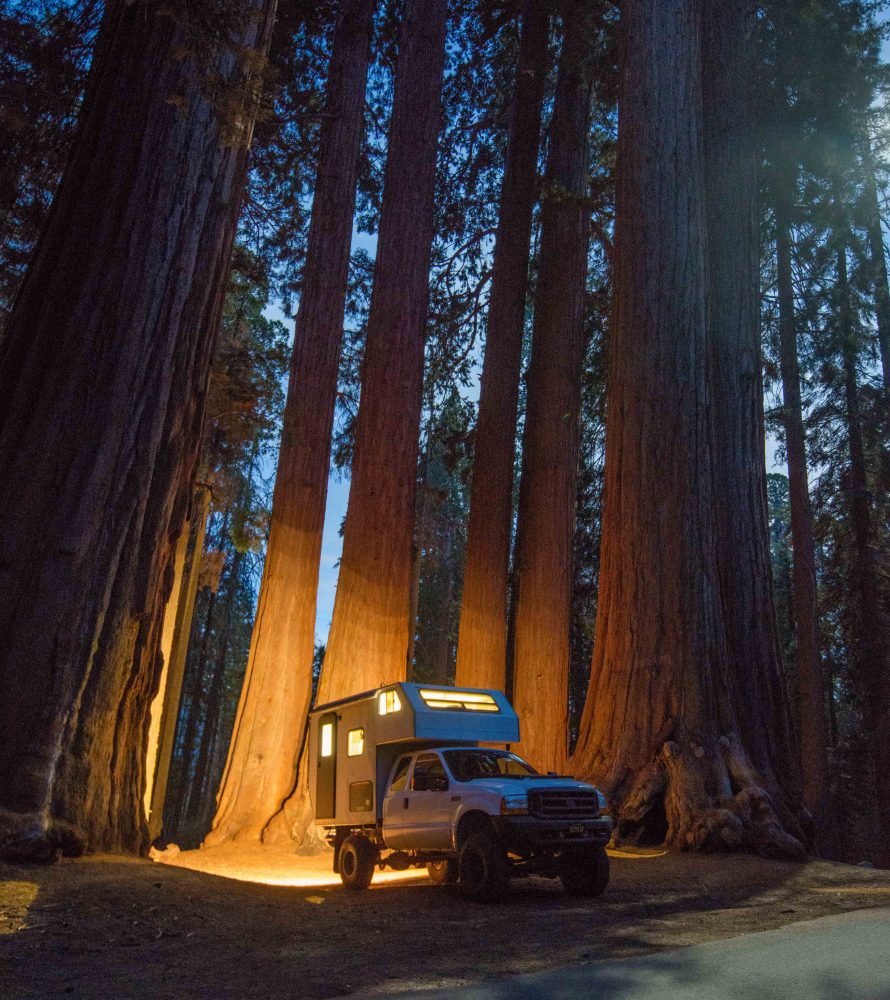
One of the biggest adjustments I’ve had to make is increasing caution during trail selection, with such a big truck I am limited to what I can do. Of course, there are full-size trucks capable of doing some serious rock crawling, but most of the time they seem to be used for exploring fire roads and tackling some mild trails. My plan with the F250 is to be used for dirt roads and some easy trails; I don’t want to stress the camper too much, or take a big risk getting a 9,000-pound truck stuck. That would be one heck of a recovery. One thing I’m not used to is that I have to be careful with trees. It’s easy to forget and punch a hole in my camper, unlike with smaller SUVs that slip under most branches or brush them off with their hardened roofs.

With what modifications I have done to the truck so far it has been great off road, with plenty of power, decent articulation, and its gone everywhere I’ve pointed it. At first I was worried about the truck being unstable in off-camber situations, but it felt planted when I took it out. I still haven’t fully pushed its limits, but for now, it has surprised me.

I’ll miss my FJ Cruiser a lot, mostly its off-road capability and the smaller size around town, but the tradeoff of a diesel engine and a large shelter does make me miss it less, and I can’t wait to take the Ford on its first extended trip. The FJ was able to take me to some very unique locations, but the full size will help me stay on the road longer and be more comfortable while doing so. If you have the option, I’d say go full size with your next overland vehicle—you won’t regret it.
